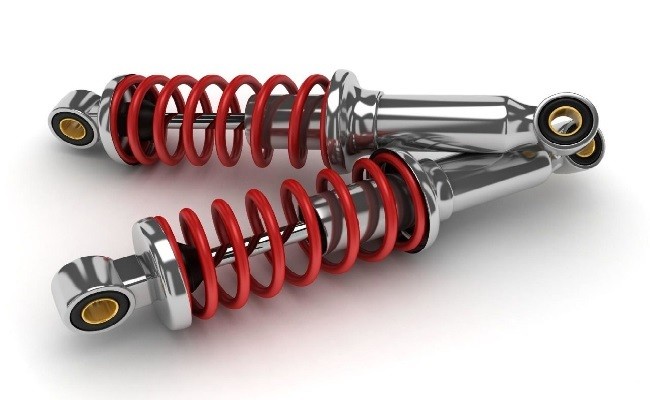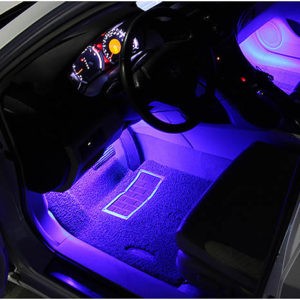
What is a rack?
People who talk about car suspension often mean "shock absorbers and struts". After hearing this, you may be wondering what a strut is, is it the same as a shock absorber, and do you need to worry about the safety of your car or truck…
People who talk about car suspension often mean "shock absorbers and struts". After hearing this, you may have wondered what a strut is, is it the same as a shock absorber, and do you need to worry about your car or truck's struts.
The first thing to understand about a strut is that it is one of the components of a car's suspension - the system of parts that connects the wheels to the rest of the car. Three main functions of the suspension of any car:
support the car
Absorption of shocks from bumps, potholes and other road bumps
Allow the vehicle to turn in response to driver input. (The steering system can be considered part of the suspension or a separate system, but in either case, the suspension must allow the wheels to move as the vehicle turns.)
It turns out that, unlike most other suspension components, the strut is usually involved in all three of these functions.
What's in the rack
A complete strut assembly is a combination of two main parts: a spring and a shock absorber. (Sometimes the term "strut" refers to only part of the shock absorber, but other times the term is used to refer to the entire assembly, including the spring.) The spring, which is almost always a coil spring (in other words, a coil-shaped spring), supports the vehicle's weight and absorbs large shocks. The shock absorber, which is mounted on top, bottom, or right in the middle of the coil spring, also supports some or all of the car's weight, but its primary function is the same as any shock absorber, which is to dampen vibrations. (Despite its name, a shock absorber doesn't directly absorb shocks—that's the work of a spring—rather, it keeps the car from bouncing up and down after being hit.) Due to its load-bearing structure, the strut should be much stronger than a conventional shock absorber.
Do all cars have racks?
Not all cars and trucks have racks; many suspension designs use separate springs and dampers, with the dampers unable to support the weight. Also, some cars use struts on only one pair of wheels, usually the front wheels, while the other pair has a different design with separate springs and dampers. When a car has struts on the front wheels only, they are usually MacPherson struts, which are also considered part of the steering system as the wheels rotate around them.
Why do some cars use struts while others use separate springs and dampers? The specifics are complex, but for the most part it comes down to a trade-off between simplicity and initial cost (advantage: struts) and handling and performance (advantage: some suspension designs without struts…usually). But there are exceptions to these patterns; for example, most sports cars use a so-called double wishbone suspension that uses shock absorbers rather than struts, but the Porsche 911, which is arguably a typical sports car, uses struts.
How to keep your racks
What else does a car owner need to know about racks? Not much. Whether or not your car has struts or shock absorbers, you need to check them periodically for leaks or other damage. One difference is that when they wear out, it is more expensive to replace the struts, but there is nothing the driver can do about it. No matter what suspension system your car has, be sure to check it regularly - every oil change or adjustment, or every 5,000 miles or so is fine.
